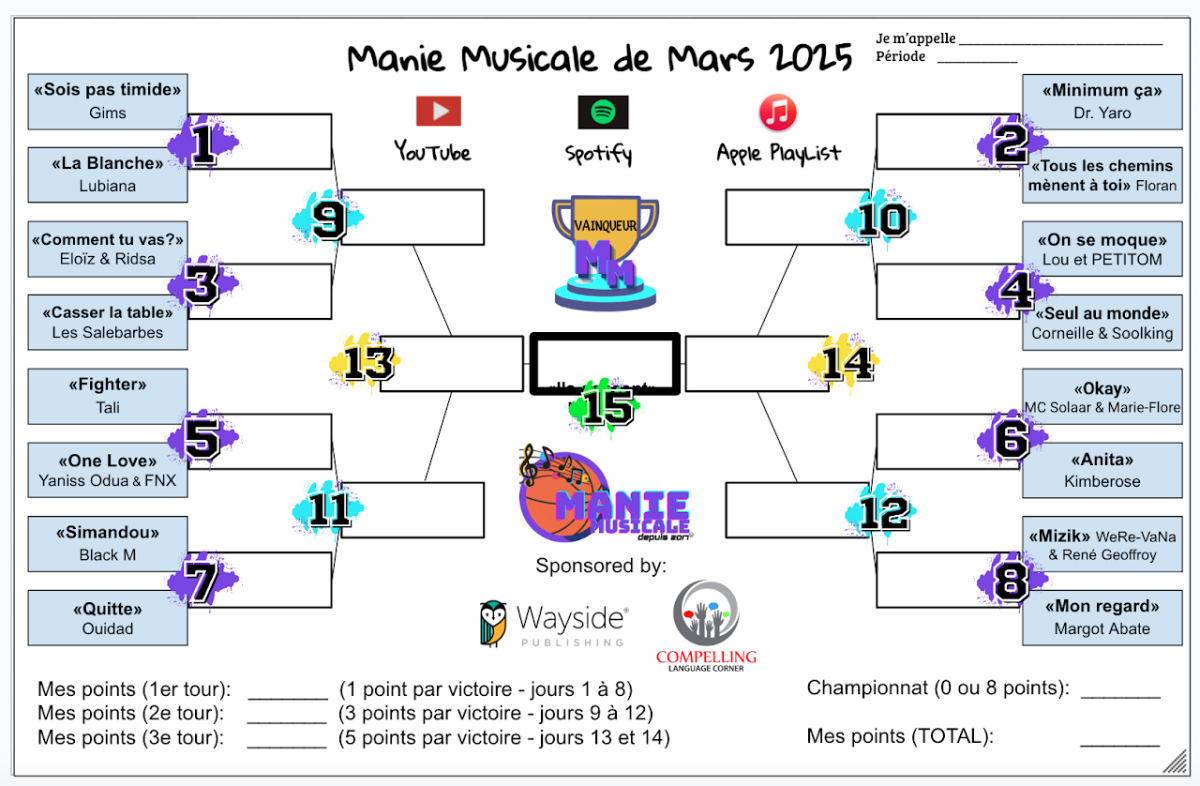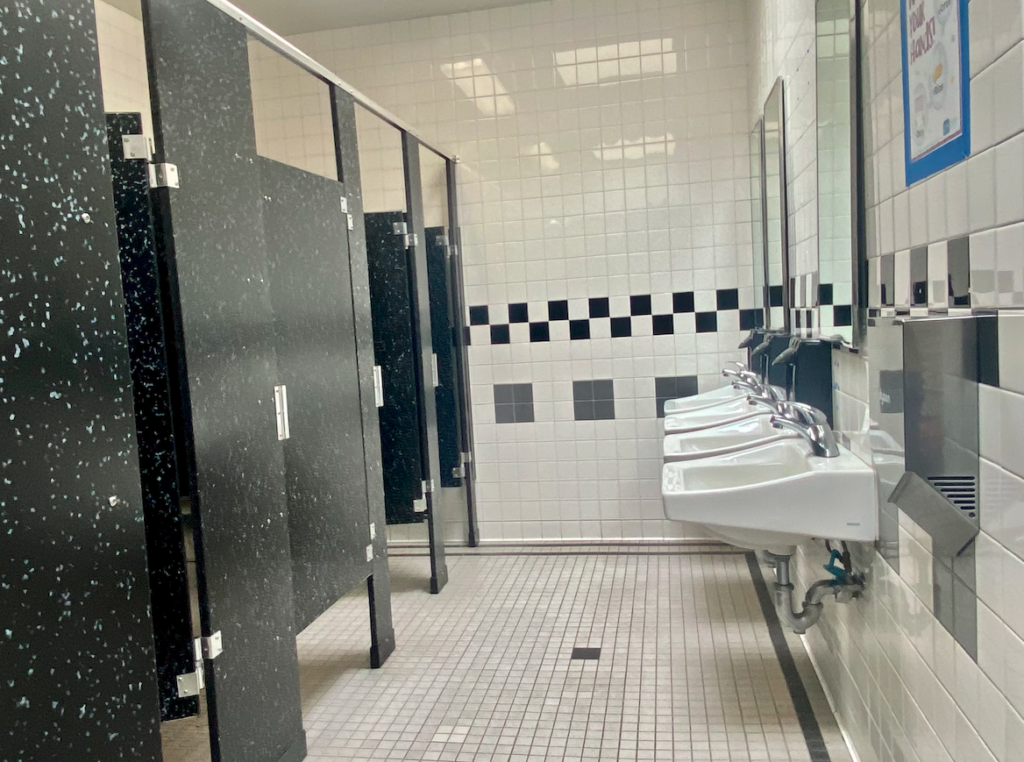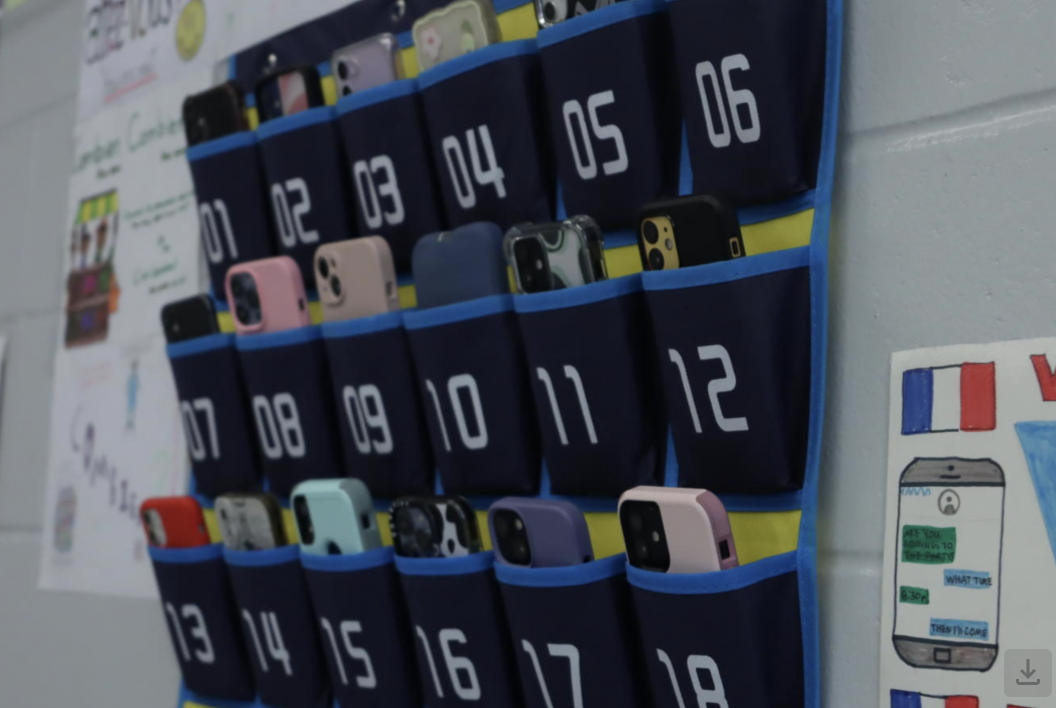The second semester has begun and many students are engaged in a plethora of new classes with different rules, policies, and expectations. One policy under scrutiny is the putting up of phones during class time. Many students believe that having their phones taken away is an invasion of privacy while others don’t mind. The thought is that students will be more engaged and less distracted during class time without their phones. However, with so much feedback from the student population, should teachers have students put their phones up during class? While there is no simple answer to this question, a breakdown of the pros and cons of this policy will allow faculty and students to craft their own informed stance.
To start, the impetus behind taking away student’s phones is that they will pay more attention to in-class instruction. It’s no secret that phones are one of if not the biggest distraction in today’s society. Most everyone in the community has a cell phone and uses it nearly every day. At school, one will find students glued to their phones in the hallway, during study periods, and at lunch. However, phone usage during class is markedly lower than in free settings. Yet, the possibility of distraction has led to the advent of phone cubbies. At the start of class, teachers will ask students to put up their phones and they can be reclaimed at the end of class. While phone cubbies may prevent phone-mediated distractions, there are a host of cons that come with phone cubbies.
The principal downfall of the cell phone cubby is that students can do almost anything they would do on a cell phone on their laptop, which is allowed during class time. For example, signing into one’s Apple ID on a MacBook allows one to text, play games, and keep up with phone notifications via laptop. Thus, some students do not even need a phone to engage in the same distractions phone cubbies sought to prevent. Moreover, there are additional distractions on laptops such as work for other classes, social media platforms, and online shopping websites. So, while phone cubbies eliminate the intrinsic phone-to-student relationship, they do not fully eliminate distractions.
So, what’s the big hang up? Why is taking away student’s phones so controversial? The no-phone policy in schools is contested because students do not feel that they should not be obligated to surrender their phones. It’s almost like having unlawful search and seizure thrust upon one. Moreover, giving up the phone admits to the teacher that the phone was going to be a distraction when it otherwise might not have been. Thus, students feel innately guilty and violated when having their phones confiscated. Although having phones taken away during class time may prevent distractions and increase students’ focus, it reads as deprecating and brutish to young adults.
While there is no right or wrong answer to what should be done about the phone epidemic happening in schools all over, it is important to consider students’ character and reputation when deciding whether or not to take away their phones. Policies needn’t inflict equal punishment to all phone owners just because they carry it in their pocket throughout the day. Rather, phone usage policies should reflect students’ inclination to distraction and past phone usage histories. Principally, phone usage policies need to be equitable for each individual, not equally restrictive to the entire student population.


















